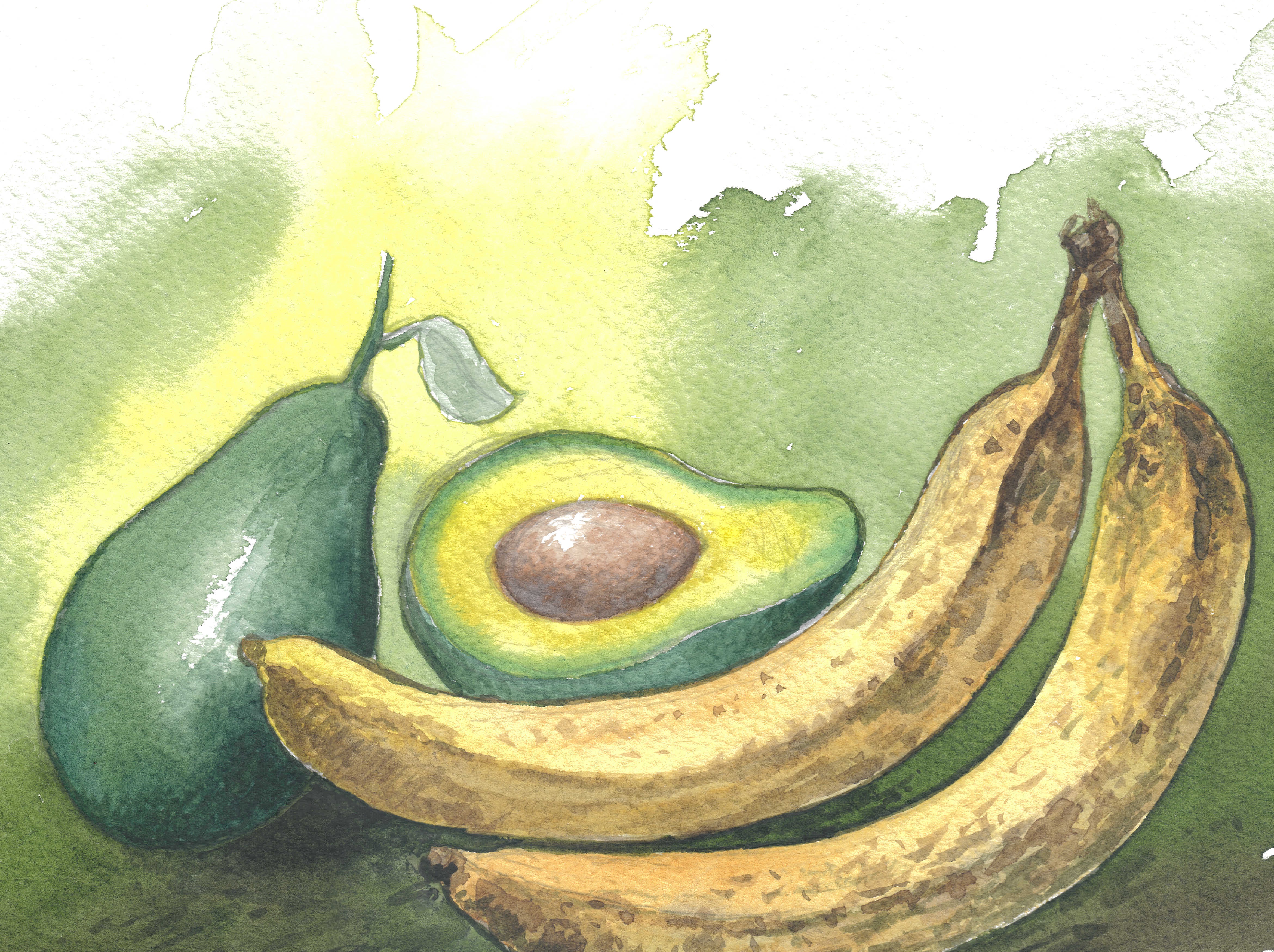Dramatization of the book A Robin's Nest in a Fish-Tail Palm Tree?
It would be an asset if you, the parent or guardian, first read the book on your own to familiarize yourself with the story line. To make the story A Robin's Nest in a Fish-Tail Palm Tree? more exciting, we suggest adding a little dramatization while reading the book. You might do all the acting yourself, or suggest that your young readers or students perform some parts. The book is short, but there are opportunities to get the children involved in the process.
Here are some suggestions of what to prepare before starting to read.
1. Prepare a box that represents the nest. Your child or students could decorate it so it looks like a nest. Fill it with crumpled newspapers or old clothes. The child could sit in it pretending to be a newborn robin.
2.The MAMA ROBIN lays an egg. You might boil an egg beforehand and wrap it in blue tissue paper (remember, robins' eggs are blue), or just make a quick one out of blue paper.
3.Get a black cape or scarf to play the BLACK BIRD, and a gray one to impersonate a DOVE (there are 2 doves in the story). If you do not have either of them, a towel will do.
4. Prepare a BUTTERFLY, as it is also mentioned in the story. Ask your child or students to paint a butterfly on a sheet of paper. Cut the figure out, fold it in half, and add a string in the middle to help simulate flight. You can reuse their craft every time you read the story.
5. If you wish, you might prepare a little snack (pieces of cut fruit or vegetables) to feed the hungry robin chick.
6. At the end of the book the whole robin family moves out to a neighboring banana and avocado plantation. You might have some of those two fruits served after ending the reading.
7. Write PUCK-PUCK-PUCK in big letters on a piece of paper or cue card (the robins' warning sound), and show it to your child or students each time you encounter it in the text. They could make loud PUCK-PUCK noises as long and as loud as they wish. Knowing children, they might go a bit crazy, so you might establish some rules: 3 times PUCK, 5 times PUCK, etc., or just make an additional sign showing PAK-PAK-PAK-PAK-PAK crossed out. That will be the signal to CUT IT. Good luck with that!
8. Prepare some instruments to make noise when the BLACK BIRD comes to snatch the baby robin. If you do not have any, just use a pot or pan from your kitchen and a spatula to bang on it. Recyclable items, like empty plastic bottles, will be also fun to rub or hit against each other.
Additional suggestions for the dramatization of the book while reading the Robin's Nest story.
Page 1. As you read the words ZOOMED and SWOOSH, you could make a swift hand or arm gesture, or ask your little listener to do it. Let your listener come up with one or more assumptions about what could have landed in the Fish-Tail Palm Tree.
Page 2. On this page, you will hear the sound PUCK-PUCK-PUCK-PUCK-PUCK for the first time. Change your voice while reading it, imitating the robin's warning call, and let your reader imitate the sound too. You might, from now on, encourage your listener(s) to make that sound whenever it appears in the text. If you have a group of children, have PUCK-PUCK-PUCK written on a piece of paper, and show it to them when it is appropriate.
Page 3. The text describes Antigua. Make the movement of passengers swinging in their seats: forward and backward, to the left and to the right.
Page 4. You might ask the child to occupy the nest, or to put a cooked egg (painted blue) in it
Page 5. The baby robin was just born, and it is hungry! This is a good time to give it a little snack (small, cut pieces of fruit or vegetables), pretending to feed the famished chick.
Page 6. Many other robins come to greet the newborn. Wave your hand, blow kisses, pretend to hug or shake hands.
Page 9. The blackbird attacks the baby robin. If your reader desires to play the role of a blackbird, put a black cape, a scarf, or just a towel on the student's shoulders, to enable him or her to move their arms like wings and act in a menacing manner. Use an instrument like a little drum or a maraca. If there is no instrument at hand, no problem; use a pot, a pan, a wooden spatula from your kitchen, or two empty plastic bottles to make noise. Lots of noise!
Page 10. The story talks about protecting the nest from the rain. If you wish, you could use an umbrella to put over the nest.
Page 11. Make a butterfly and pretend to fly it over the nest. Your listeners could open their mouths and pretend to catch it.
Page 12. The nest is crooked. Put a cushion or towel under the nest to tilt it. The listener could hide under the table (providing it is a safe space) to hide from the rain.
Page 13. The baby robin is trying to fly. Ask your child to hop around the room and flap his arms.
Page 14. The robin family has moved to an adjacent plantation of bananas and avocados. Serve those two items to your audience as a snack. Bon Appétit!
